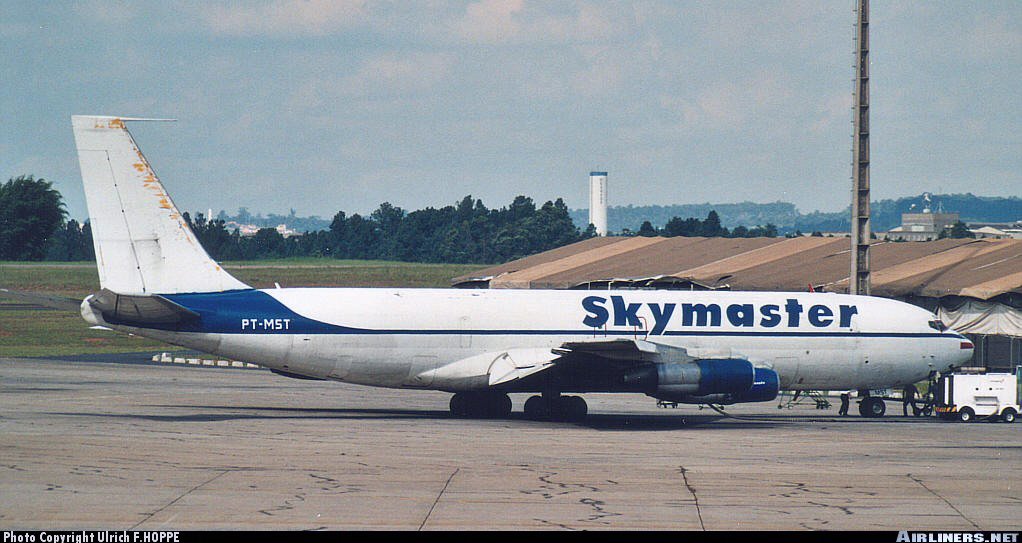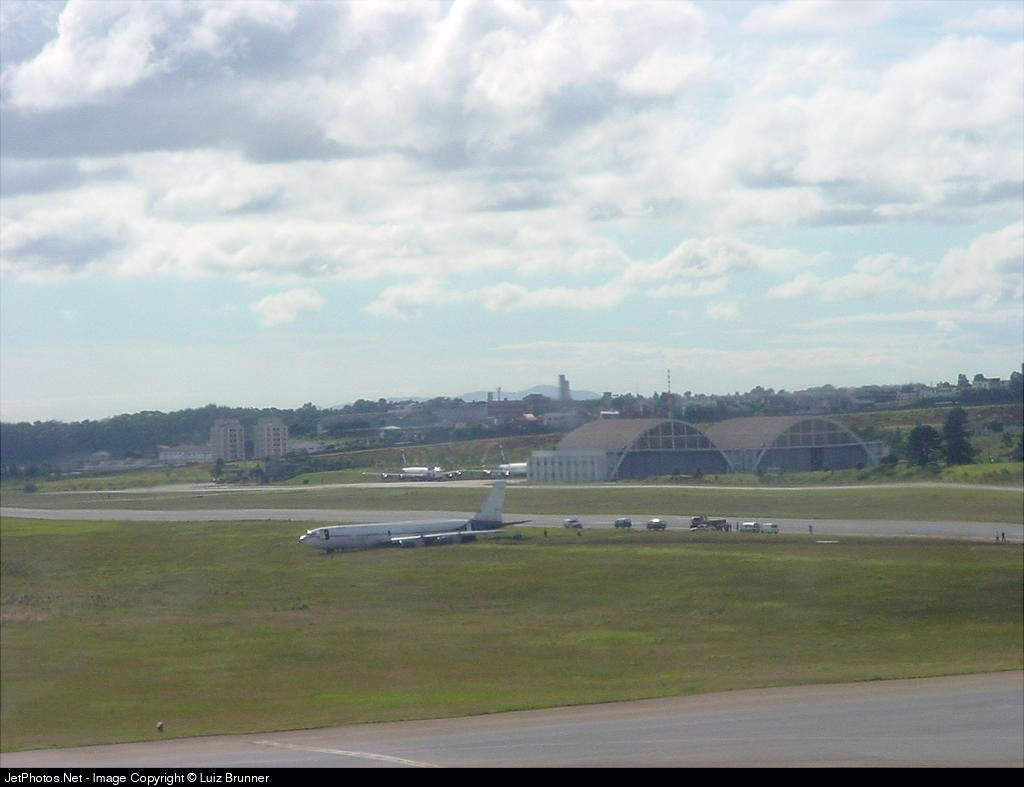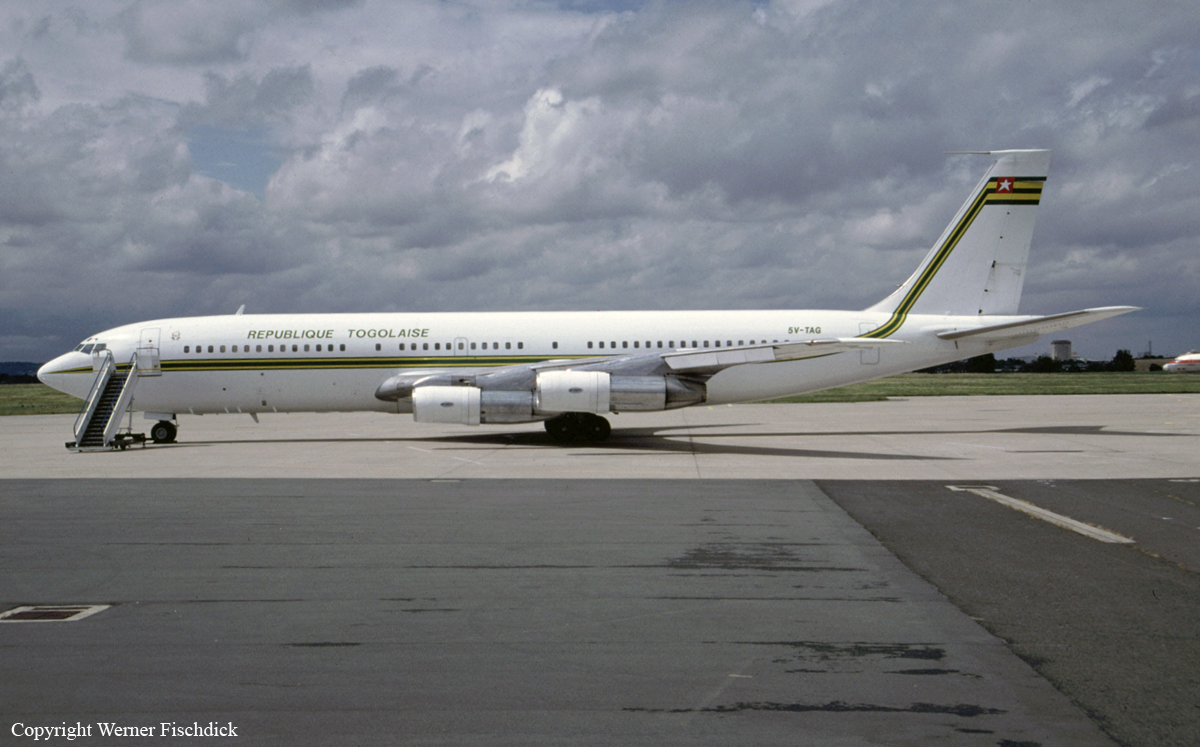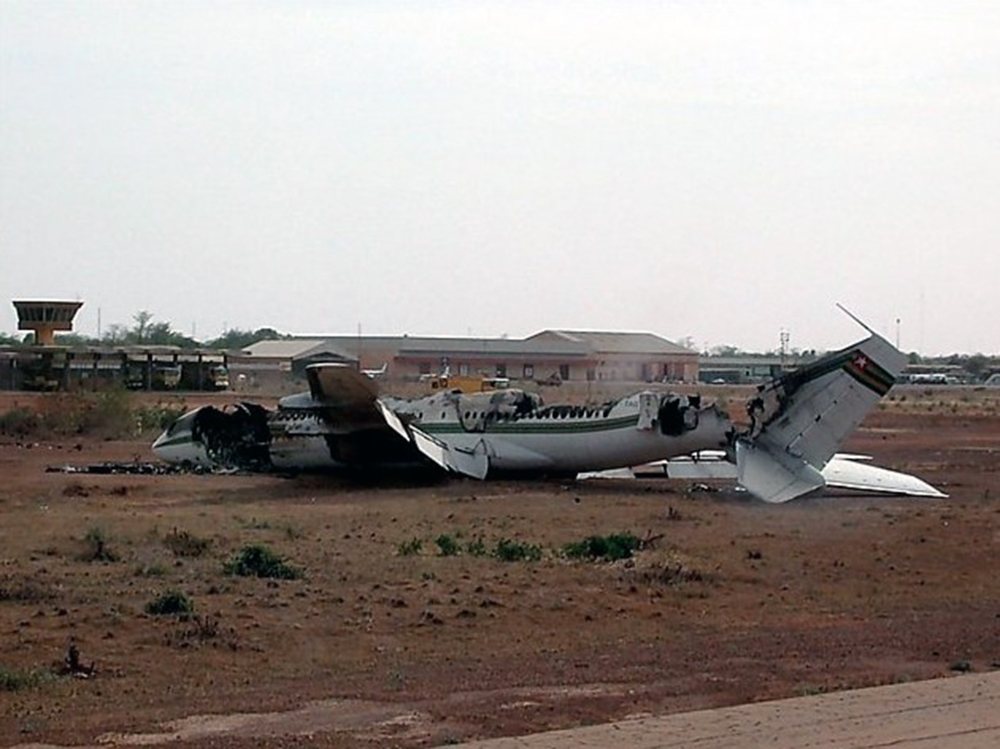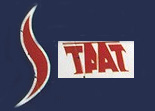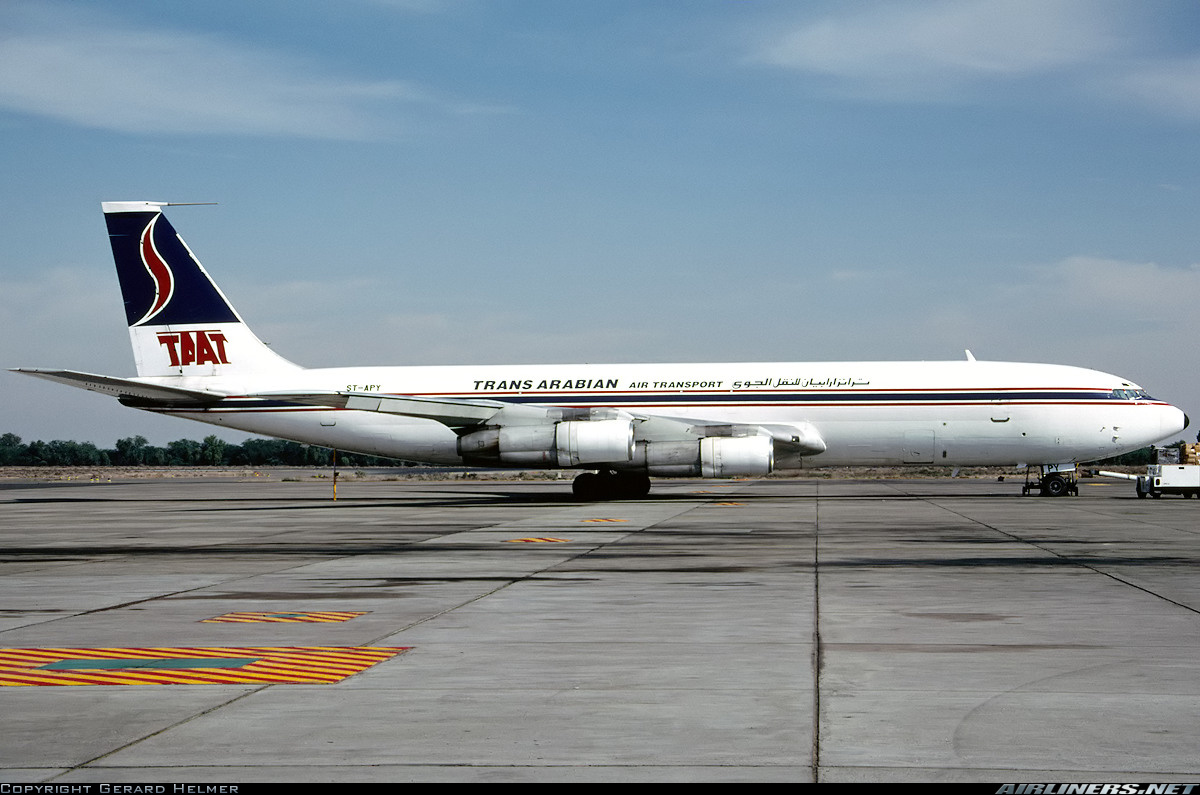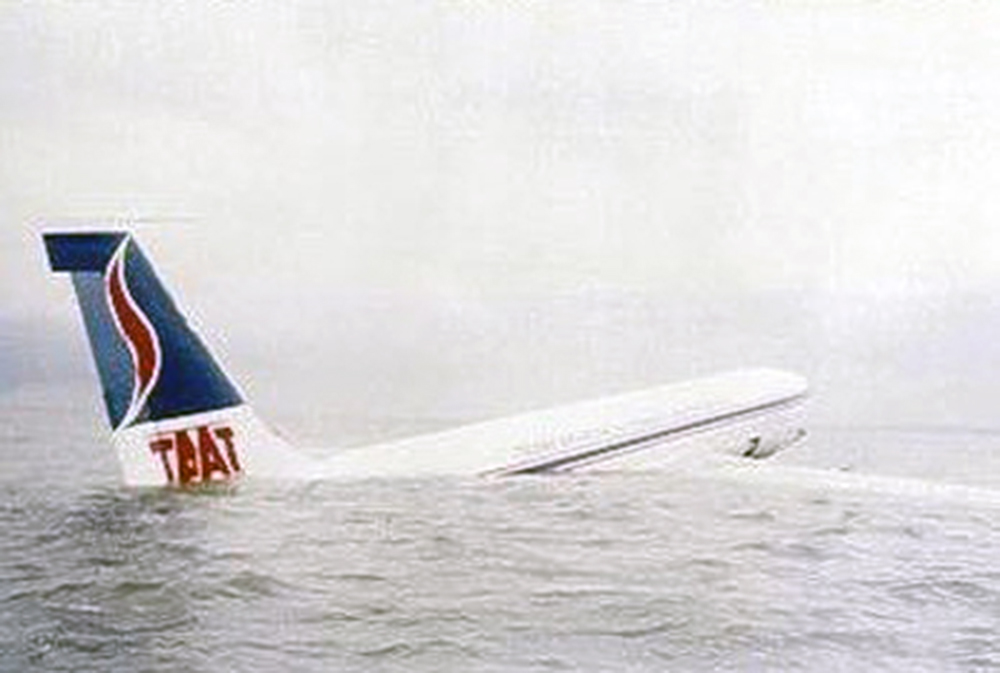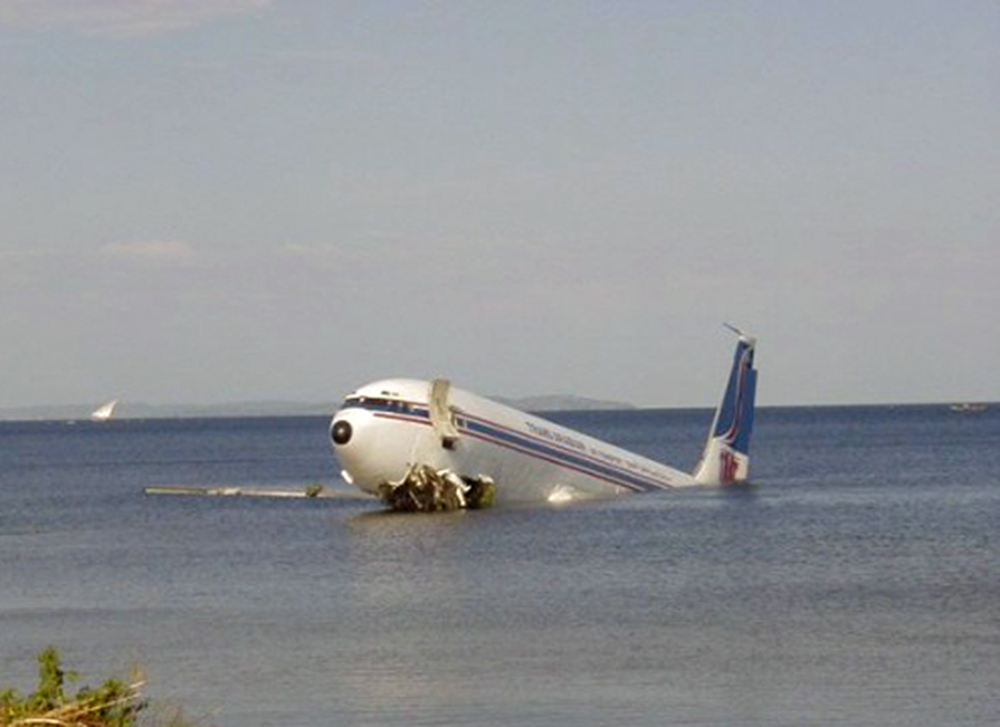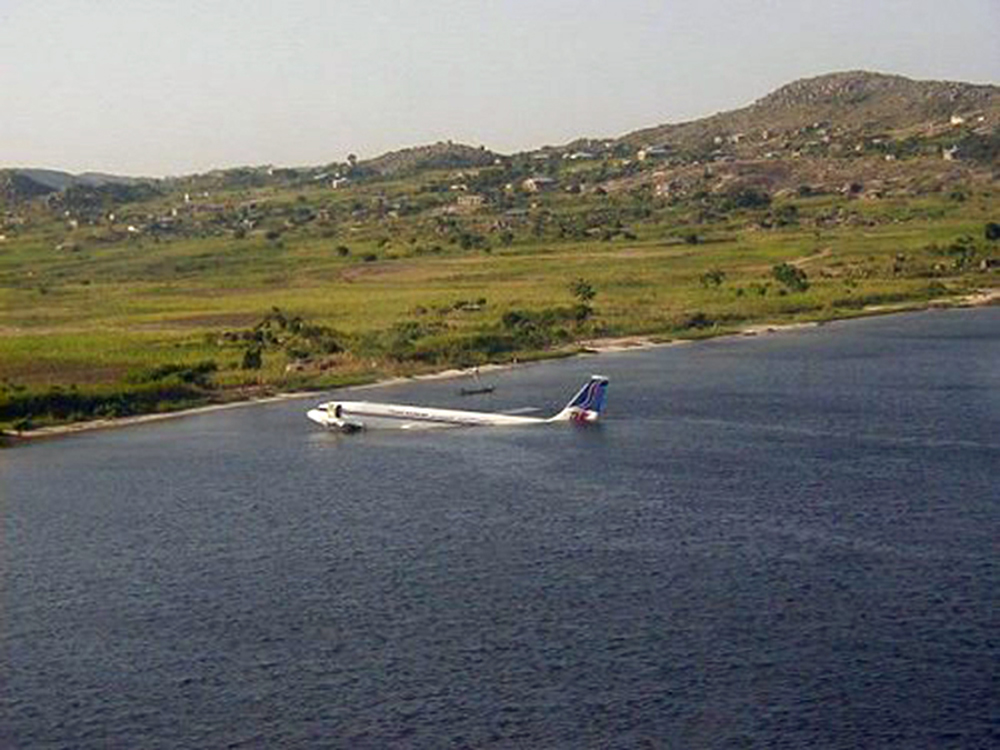Crash of a Boeing 707-331C in São Paulo
Date & Time:
Mar 7, 2001 at 0030 LT
Registration:
PT-MST
Survivors:
Yes
Schedule:
Belém – Brasilía – São Paulo
MSN:
18711
YOM:
1964
Flight number:
SKC9101
Crew on board:
3
Crew fatalities:
Pax on board:
0
Pax fatalities:
Other fatalities:
Total fatalities:
0
Captain / Total hours on type:
2543.00
Copilot / Total hours on type:
361
Aircraft flight hours:
70422
Aircraft flight cycles:
28047
Circumstances:
The aircraft was completing a cargo flight from Belém to São Paulo with an intermediate stop in Brasilía, carrying three crew members and a load of various goods such as mail and fish. While descending to São Paulo-Guarulhos Airport in good weather conditions at an altitude of 10,000 feet, the crew encountered technical problems with the trim system. Several manual controls and tests were conducted and the system worked before failing again between 6,000 and 4,700 feet. The captain decided to continue the approach but the aircraft became unstable and nosed down on short final. It landed hard on runway 09R, causing the undercarriage to be torn off. The aircraft slid for about 1,000 metres then veered off runway to the left and came to rest in a grassy area. All three crew members escaped uninjured while the aircraft was damaged beyond repair.
Probable cause:
The exact cause of the technical problems on the trim system could not be determined with certainty. The following contributing factors were identified:
- The decisions of the crew and more particularly of the captain during the last phase of flight were incorrect,
- The crew training program for emergency situation was incomplete,
- Improper use of flaps and slats on final approach made the situation worse,
- The captain did not follow the procedure determined for such an emergency situation and decided to continue the approach maneuver, increasing the risk margin and placing the airplane in critical operating conditions,
- Due to deviations from the published standard operational procedures, such as failure to complete the approach briefing and not following the approach checklist, the coordination among the flight crew was poor, leading to further deviations and putting the crew in a critical situation.
- The decisions of the crew and more particularly of the captain during the last phase of flight were incorrect,
- The crew training program for emergency situation was incomplete,
- Improper use of flaps and slats on final approach made the situation worse,
- The captain did not follow the procedure determined for such an emergency situation and decided to continue the approach maneuver, increasing the risk margin and placing the airplane in critical operating conditions,
- Due to deviations from the published standard operational procedures, such as failure to complete the approach briefing and not following the approach checklist, the coordination among the flight crew was poor, leading to further deviations and putting the crew in a critical situation.
Final Report:
